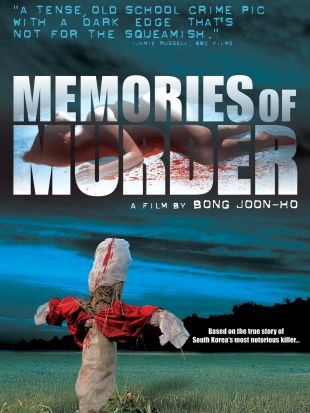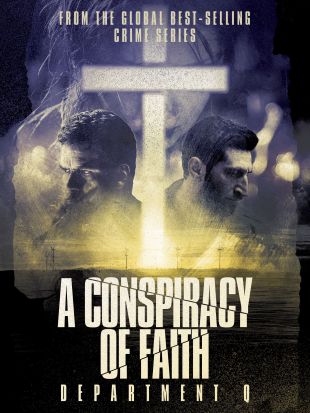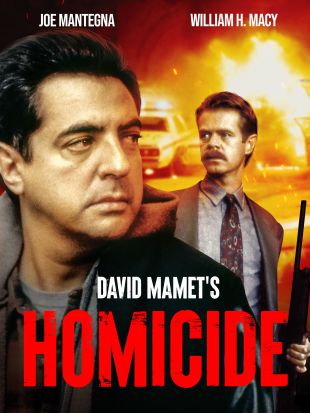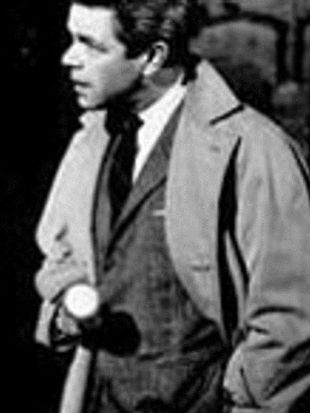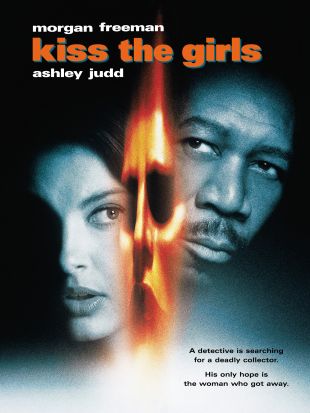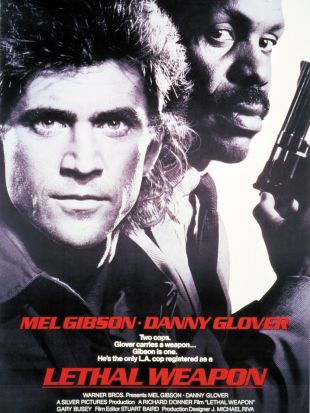
CSI: Crime Scene Investigation (2000)
Genres - Drama, Crime, Mystery, Thriller |
Sub-Genres - Procedural Show [TV], Cop Show [TV], Crime Drama, Detective Show [TV], Police Drama, Prime-Time Drama [TV] |
Countries - Canada, France, United States |
Share on
Synopsis by Hal Erickson
Created by Anthony Zuiker, the CBS cop series CSI: Crime Scene Investigation, which first aired on October 6, 2000, could be described as "Quincy for the 21st century." Set in Las Vegas, the weekly, 60-minute series focused on the activities of that city's Crime Scene Investigations Bureau. Working the overnight shift, the principal characters deployed state-of-the-art forensic technology to solve unsolvable crimes. Whenever scientific analysis failed, however, the lab's "criminalists" relied upon good, old-fashioned logic -- logical to them, if not to their superiors. So efficient was the CSI team that it was rated the number two such crime lab in America. The series' main protagonist was Gil Grissom (William L. Petersen), once the youngest coroner in the history of the L.A. police department, who after 15 years with the Vegas PD, was put in charge of the crime lab when its former skipper, the mercurial Captain Jim Brass (Paul Guilfoyle), was transferred back to the homicide division. Grissom's elite ensemble included his second-in-command, onetime exotic dancer Catherine Willows (Marg Helgenberger), who juggled her professional responsibilities with her home duties as a single mother; ex-grave digger Warrick Brown (Gary Dourdan), the only member of the team who was born in Vegas and, as such, the most savvy member when it came to the ins and outs of the casino industry that figured so largely in the proceedings; Warrick's friendly rival, the warm and outgoing Nick Stokes (George Eads), late of the Dallas PD; and the brilliant but somewhat distant Sara Sidle (Jorja Fox), who was initially brought in from San Francisco to investigate the murder of her predecessor, rookie criminalist Holly Gribbs (a case that had lost Captain Brass his position as head of the lab). Each of these worthies brought a distinct specialty to their work: Willows was a blood-splatter analyst, Brown an audio-visual expert, Stokes a hair-and-fiber specialist, and Sidle a materials-and-element analyst.
The criminalists generally worked in sub-teams to investigate the myriad of baffling cases which came across their desk in each episode (usually two crimes were depicted and solved per week). During the series' first three seasons on the air, there were no significant cast changes, though former recurring characters Greg Sanders (Eric Szmanda) and Dr. David Robbins (Robert David Hall) were gradually elevated to weekly-regular status. In many ways, however, there was an unbilled "major character" in the form of the series' fluid camerawork, deploying quickie montages, juxtaposed images, and dreamlike scene transitions -- all complemented by a driving but low-key background music score. Cinematographers like Michael Barrett and Frank Byers and editors like Alex Mackie and Alec Smight were as responsible for the "look" of CSI as were the series' producers, directors, and stars. As of 2002, the highly rated series had been nominated for a myriad of Emmy Awards, scoring one win for makeup artists Nicholas Pagliaro, John Goodwin, and Melanie Levitt. 2002 was also the year that the producers cooked up a spin-off series, CSI: Miami.
Characteristics
Moods
Themes
Keywords
forensic-science, crime-scene, crime-solving, evidence, fingerprints, homicide-detective, investigation, murder, police, rape, serial-killer, team
